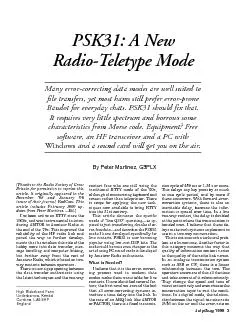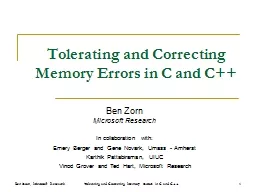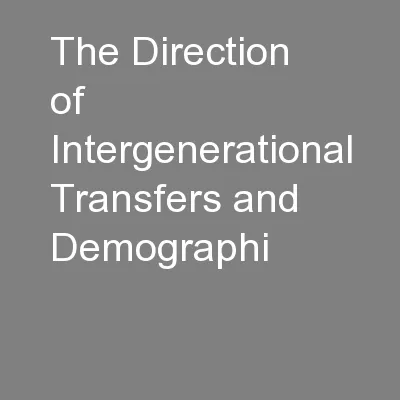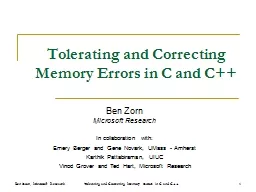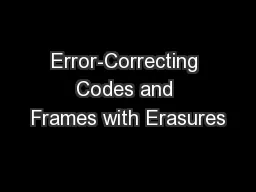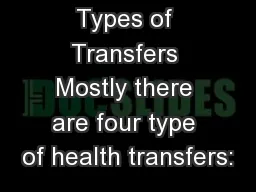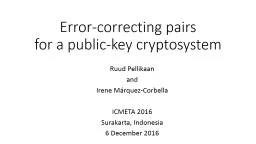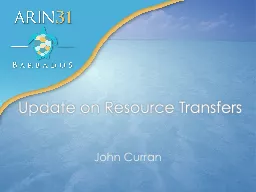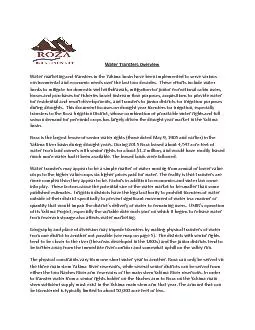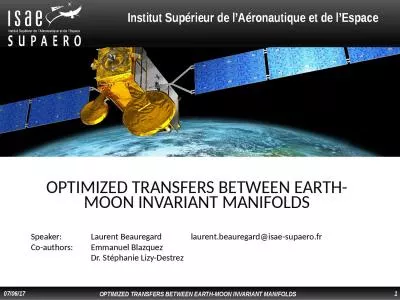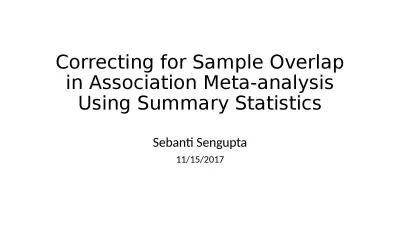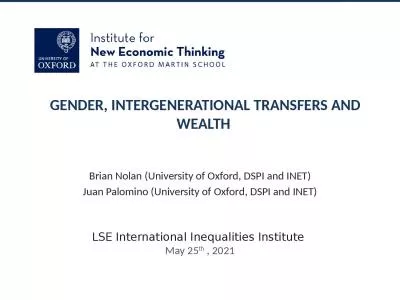PDF-Many error-correcting data modes are well suited tofile transfers, yet
Author : giovanna-bartolotta | Published Date : 2015-11-13
By Peter Martinez G3PLX PSK31 A NewRadioTeletype ModeodeBritain for permission to reprint thisarticle It originally appeared in the1960s and was instrumental in
Presentation Embed Code
Download Presentation
Download Presentation The PPT/PDF document "Many error-correcting data modes are wel..." is the property of its rightful owner. Permission is granted to download and print the materials on this website for personal, non-commercial use only, and to display it on your personal computer provided you do not modify the materials and that you retain all copyright notices contained in the materials. By downloading content from our website, you accept the terms of this agreement.
Many error-correcting data modes are well suited tofile transfers, yet: Transcript
Download Rules Of Document
"Many error-correcting data modes are well suited tofile transfers, yet"The content belongs to its owner. You may download and print it for personal use, without modification, and keep all copyright notices. By downloading, you agree to these terms.
Related Documents

